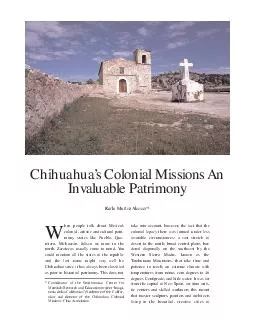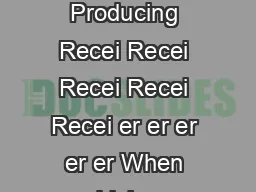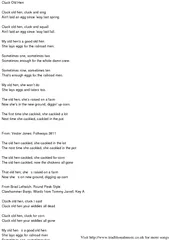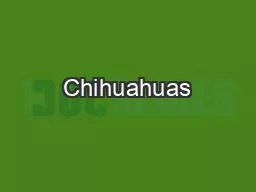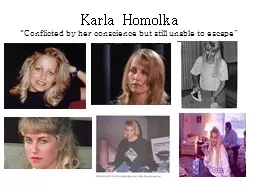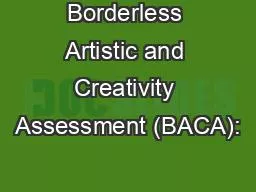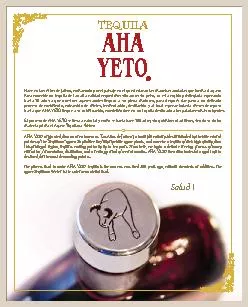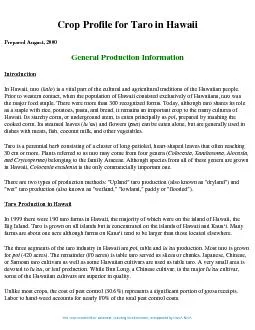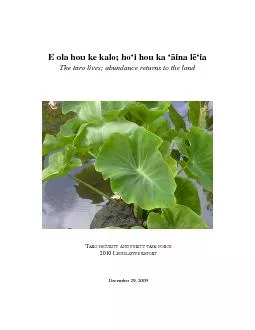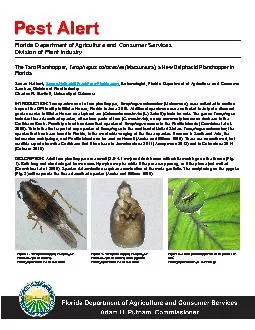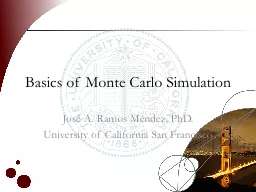PDF-Chihuahuas Colonial Missions An Invaluable Patrimony Karla Muoz Alcocer hen people talk
Author : kittie-lecroy | Published Date : 2014-11-21
You could mention all the states of the republic and the last name might very well be Chihuahua since it has always been classified as poor in historical patrimony
Presentation Embed Code
Download Presentation
Download Presentation The PPT/PDF document "Chihuahuas Colonial Missions An Invaluab..." is the property of its rightful owner. Permission is granted to download and print the materials on this website for personal, non-commercial use only, and to display it on your personal computer provided you do not modify the materials and that you retain all copyright notices contained in the materials. By downloading content from our website, you accept the terms of this agreement.
Chihuahuas Colonial Missions An Invaluable Patrimony Karla Muoz Alcocer hen people talk: Transcript
Download Rules Of Document
"Chihuahuas Colonial Missions An Invaluable Patrimony Karla Muoz Alcocer hen people talk"The content belongs to its owner. You may download and print it for personal use, without modification, and keep all copyright notices. By downloading, you agree to these terms.
Related Documents

